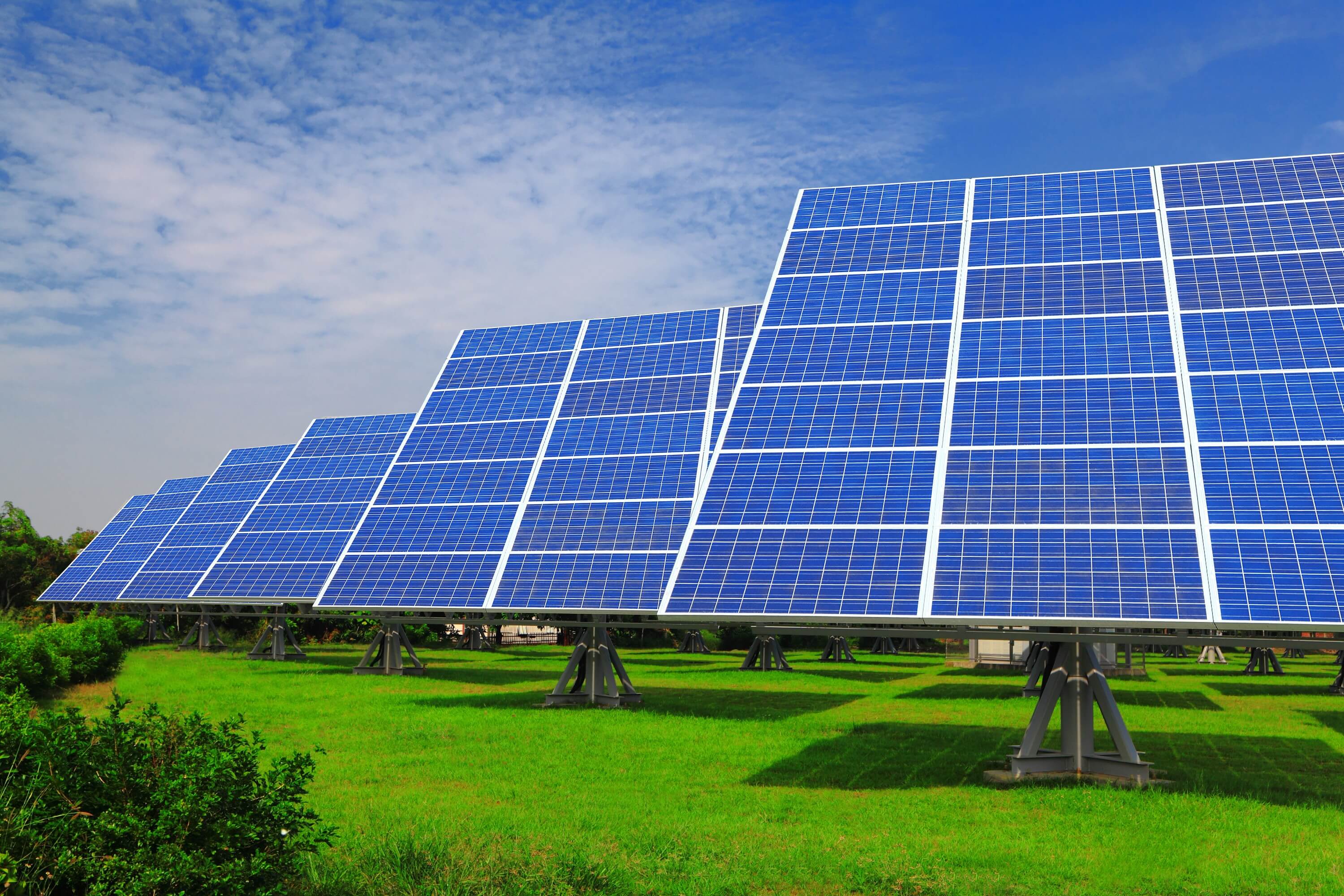Australia’s Gold Coast is a city of big opportunities and immense possibilities, which is coming of age. It is situated in a southeast corner of the state of Queensland, stretches along the 57 kilometers of coastline and over half a million people reside in this beautiful city. It’s a strategic location on the edge of the Asia-Pacific rim, with access to two international airports, welcoming over 12 million visitors each year, this city has developed into future full of promises. Blessed with an abundance of sunshine which goes over 300 days a year, having some of the most beautiful beaches of Australia helped it to be famed as ‘Surfers Paradise.’ Though the city has more to it just than the sunshine and beaches, like the vast sub-tropical rainforests with breath-taking scenery, shopping, accommodation, theme parks, restaurants, entertainment, and events. The right amount of sunshine has helped the city to grow into a city of future sustainability.
The city of Gold Coast has been able to set a good example by making good use of its valuable natural resources; generating solar electricity on a significant basis and trying to get rid off and reduce its reliance on the orthodox energy generation and slash its power bills and emissions. The city has been able to adapt to change and is looking forward to a sustainable future and working towards it by adopting solar-powered electricity to meet the demands of the power consumption. The city of Solar Gold Coast has a long relationship with renewable energy, dating back to 1977 and has been developing the city since then and making it ready for the future. Big projects like the grid-connected solar panels installed at the major regions like Southport Broadwater Parklands. Other smaller solar power systems have also been used by council around the city at strategic locations such as water quality monitoring sites. The city is also installing a bunch of floating PV( photovoltaic) arrays throughout its wastewater pond networks in order to further reduce electricity costs, and the idea is to roll-out solar panel systems across the city’s all waste and recycling centres.

The positive sign for the city of Gold Coast in this respect is the involvement and participation of the residents towards a sustainable future. It is reflected in the number of home solar power systems being installed by many of its half-million plus residents seeking to reduce their electricity bills and do their bit for the planet. A good quality 5kW(kilowatt) system properly installed in the household can generate on average a bit under 18 kWh of electricity a day that’s more than enough an average Australian household consumes. The percentage of Gold Coast households with solar energy systems installed on their rooftops is higher than the national average which reflects the fact that people are investing and contributing towards a better tomorrow.
From Australia’s best beaches, rainforests and waterways to world-class theme parks, sporting venues, convention services, and world-class restaurants, Gold Coast have everything in its hands to grow immensely, but the most important thing that it has is the investment for future development. The good work has gone behind making it a sustainable city and a city catering to the demands of future generations is immense and commendable.
